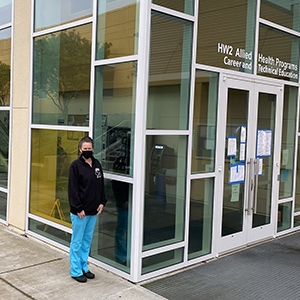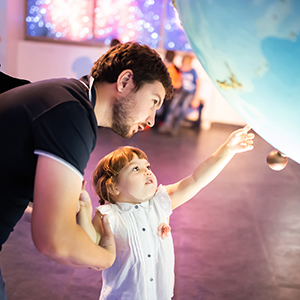
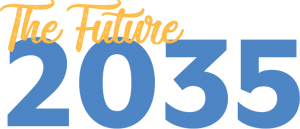
What Will Santa Cruz Look Like in 2035?
If You Have a Baby Now, Here’s What Their Future Will Be
by Jeanette Prather

With all the question marks that came along with 2020 – and, let’s be honest, 2021 so far – it might be ambitious to try and tackle what the world has in store for the coming decades. But let’s indulge this topic for the sake of our future generations, anyway! What might the world look like in 2035, for instance, for a child born now?
“We hope that the culture of our community in 2035 is a vibrant town square of open communication and critical thinking, fueled by cultural institutions and community hubs like museums,” said executive director of the Santa Cruz Museum of Natural History, Felicia B. Van Stolk. “We envision a culture that nurtures curiosity, encourages asking questions, and values a diversity of perspectives.”
Stolk backs up this claim with a forecast report published by the American Alliance of Museums titled, “Museum 2040.” “Museums will become increasingly part of a traditional education for parents and students exploring more personalized learning plans,” said Stolk. “They will also become community centers and hubs for providing services beyond the typical exhibit. In particular, they will be resources for mental health, and some doctors have already begun prescribing visits to museums and nature centers as treatment.”
“Museums have grown beyond their physical walls and are now a part of their communities in a bigger way than ever, which puts them in partnership with more non-museum disciplines and sectors than ever,” wrote Dr. Cris Hon Garcia, the rotating CEO of the American Alliance of Museums, in a letter dated 2040 from the same document addressing its members. Garcia goes on to explain how organizational boundaries across many industry spectrums blur or disappear altogether. “The museum and the hospital, for example, may share spaces, objects, talent, and programs, while the police department and the school do the same. Museums have become fully integrated with our educational system—both of my children attended preschool in a museum and, as she enters her teens, my daughter has chosen our local natural history museum as the home base for her personal learning plan. Museums, houses of worship, libraries, and community centers are finding ways to work together to serve their communities, their clients, in ways nobody could have imagined a quarter-century ago.”
Agreeing with this statement, the marketing and public relations manager at the Santa Cruz Museum of Art and History (MAH), Ashley Holmes, rounded up some of the museum administration staff to comment on what they speculate human culture and society will look like come 2035. “We believe 2035 museums/cultural organizations have embraced their potential to be true spaces for inclusivity and courageous change, to uplift everyone with tolerance, accountability, and grace,” said the MAH administration. “We believe cultural organizations are essential in moving us through moments in time—the good, the challenging, and everything in between.”
The MAH goes on to predict that 2035 museums and cultural centers will know and own their responsibility to grow with their communities, as well as embrace new platforms for expression and interaction while adopting new technologies to move beyond limitations of physical buildings and space.
“In 2035, museums trust, listen and respect the community they are in and the land they stand on,” said the MAH administration. “They are spaces that hold and preserve the most beautiful stories, and are active spaces for gathering, listening, and sharing. Museums have become safer spaces for more stories, dialogue, and pushing the status quo.”
Additionally, artists weigh in on what they think the future will bring. Local Core Connected Learning teaching artist, Fred Mindlin. “Twenty thirty-five will be the first year of the Third Decade, which ushers in World Peace,” he wrote in the digital story, “String Stories.” “You see, the First Decade created a fundamental shift in global consciousness by enabling all children around the world to become curious, creative, self-directed independent learners through the arts. The esoteric work of the Second Decade involves healing all the wounded adults who never got the message or have intractable learning challenges and restoring humanity’s nurturing relationship to the nature in which we are embedded. Now, in 2035, we can truly ‘Shake Hands Around the World’ and play an endless game of Cat’s Cradle.”
Unfortunately, with the onset of more civil global consciousness, comes the struggle in power relinquishing and disbursement by those who are in charge. According to Pew Research Center in an article interviewing hundreds of global experts (“Experts Predict More Digital Innovation by 2030 Aimed at Enhancing Democracy,” June 30, 2020), power dynamics will be both the catalyst in innovation as well as future problems. “Polarization of politics will continue, and positions will harden in the U.S. two-party system,” wrote retired entrepreneur and business leader, Mike Gaudreau.


You May Also Like
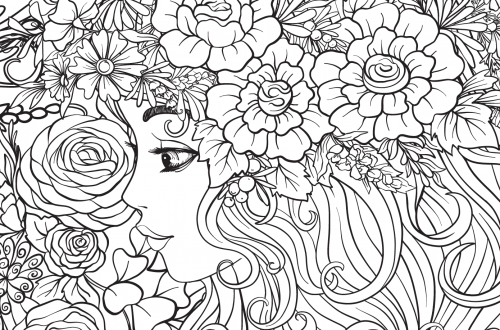
Flower Girl Coloring Page
March 1, 2021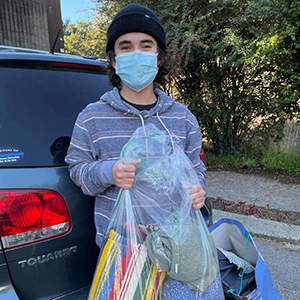
Teens Stepping Up For Community
March 1, 2021